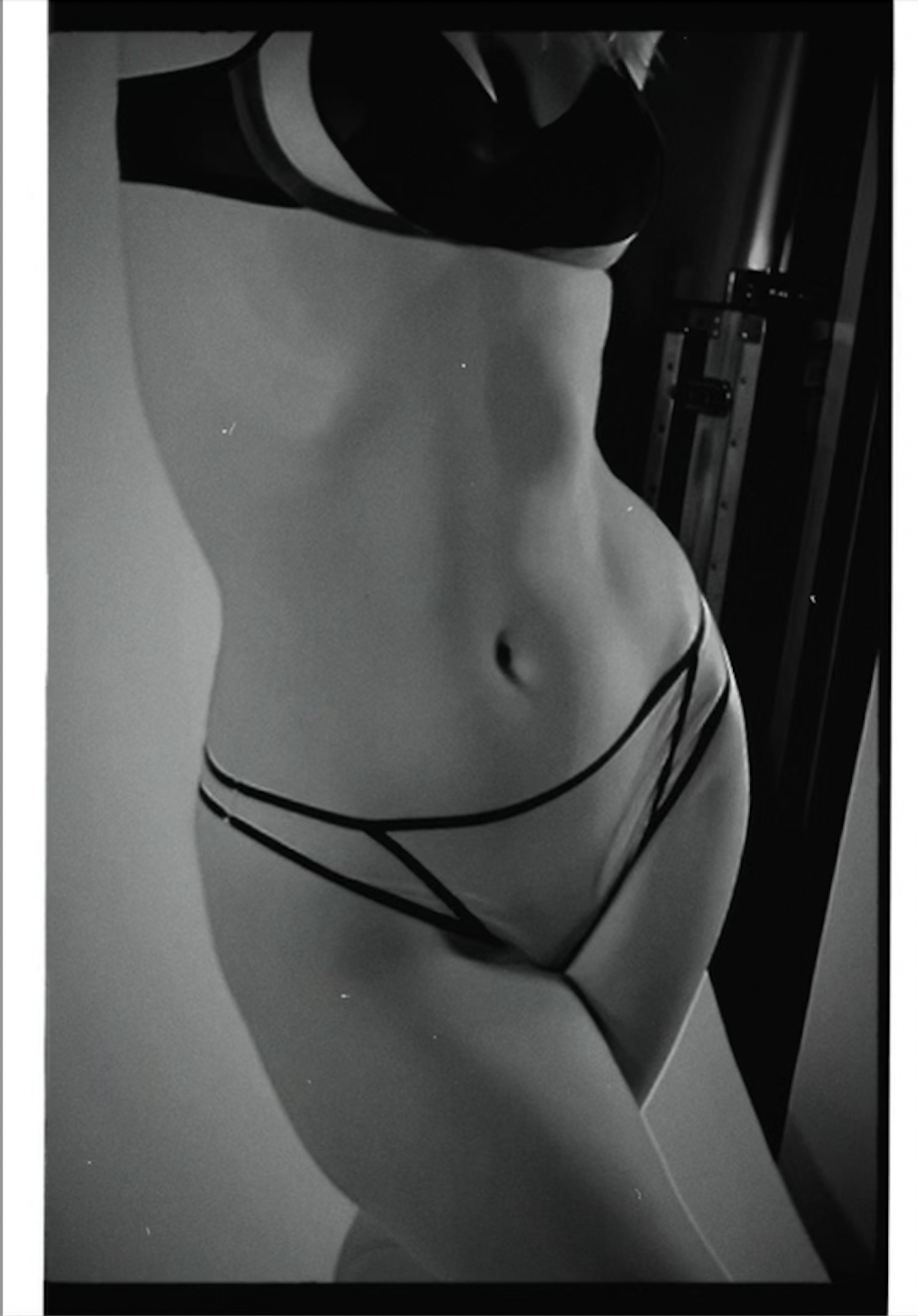The Library
4 Things You (Probably) Never Thought About When Stocking Your Underwear Drawer
4 Min Read
Choosing your underwear for the day is often a mindless decision. But have you ever questioned how this choice might affect vaginal health?
When it comes to underwear, it’s worth thinking about what goes into the right pair. Sure, there’s frills and bows — especially if you’re purchasing from the women’s lingerie department of your local store — but it’s worth thinking about the fabrics that touch your body parts, too.
Here’s the reality: Underwear can have a major impact on vaginal health.
It’s not just about feeling or looking “sexy,” which is both an arbitrary designation and a historically limiting rubric. “For too long, underwear has been about restricting us to a flat pink surface, but now we know that’s just one glint in the sea of self-expression,” Cami Téllez, the CEO and creative director of Parade, explained on a brand blog post. “Sexiness isn’t one-dimensional — it’s a voice, it’s a feeling, it’s a technicolor mirror that reflects whoever is holding it.”
So whether you opt for a thong, boyshort, or something in between, what matters is how your underwear makes you feel. Here’s an overview of what to look for in good underwear, where both comfort and hygiene are concerned.
Vulvas like to breathe...
...which can help prevent yeast infections. And as you might know, they also enjoy a gentler touch. Good underwear is all about breathability, and cotton is a fail-safe fabric for that. According to Healthline, cotton is a go-to underwear choice for several reasons. It both allows for airflow and can wick away naturally-occurring moisture. “Since it is healthy to have a vaginal discharge — similar to the moisture you always have in your mouth — you want your underwear to gently absorb any extra moisture,” Dr. Alyse Kelly-Jones, a board-certified obstetrician and gynecologist, told Healthline.
A little dive into cotton
If you’re looking at other kinds of underwear — such as no-show styles or frillier lace options — picking underwear that has a cotton gusset is critical. That’s the center of the crotch, and if you examine your underwear drawer, you’ll find that most of your underwear comes with a small cotton lining, no matter the style. Take Parade, for example: The wildly popular underwear brand uses a number of fabrics to craft their size-inclusive styles. (Some cuts go all the way up to 5XL!) But whether you pick a mesh or nylon underwear style, the brand makes sure that every pair features a cotton lining. “This naturally hypoallergenic fabric is both breathable and absorbent, which works wonders in terms of preventing yeast infections which are typically caused by excess moisture,” the brand explains on their website.
How long have you had your undies for?
Who's guilty of keeping a pair of undies for a little too long? If you’re prone to infections such as BV, it is worth considering refreshing your underwear drawer from time to time. Not only does that help you swap out pairs of underwear whose elastic lining may have relaxed, but making sure that your underwear is in constant rotation can weed out any uncomfortable pairs you simply don’t reach for. You’ve probably heard of certain rules of thumb — like replacing your underwear drawer every six months or every year — but that can be expensive, and it turns out it’s not always necessary. “As long as you’re washing and disinfecting your underwear, and they’re mechanically functional, with no holes, and they’re not soiled, you can keep those,” Philip M. Tierno, Ph.D., a professor of microbiology and pathology at the New York University School of Medicine told Refinery29. “When they become frayed or the elastic stops working, you’ll know to replace them.
Activity matters.
During workouts, you might find that your vulva appreciates a panty that is particularly well-fitting, which can help prevent chafing. It goes without saying (but is worth underlining) that breathable and moisture-wicking underwear are key here, too, especially if you sweat a lot or are doing a high-intensity workout. Save the lace-up styes and frills for a different time — working out is a time where function is more important than form.
What about, no underwear at all?
It’s also worth thinking about all the times you don’t wear underwear — ie, when you’re taking a break to let your bits get some air.Many experts encourage people with vulvas to skip underwear altogether at night to allow for air circulation. There are also a whole host of other benefits to sleeping naked, but going sans underwear can be a particularly good tip if you are prone to yeast infections, urinary tract infections, or some other malady.
If you have gone most of your life without UTIs, yeast infections or bacterial vaginosis, this information can be helpful but might not be necessary. But if you are someone who is prone to typical issues, talk to your doctor about how your underwear might be impacting your health. It’s more likely than you might think.



